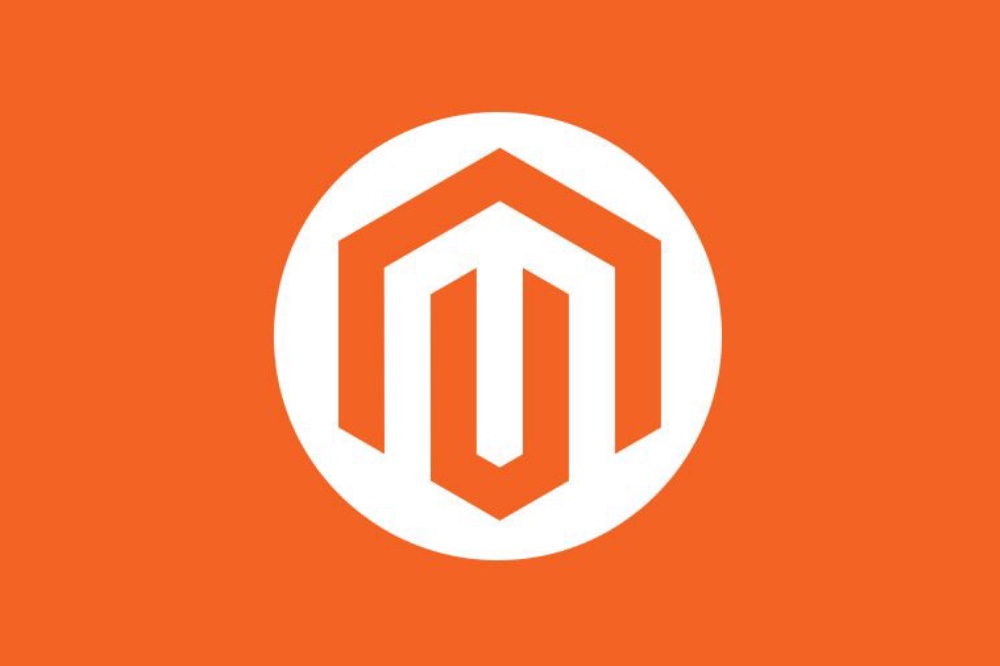Just like the end of life for Windows 7, version one of the online retail platform, Magento, will no longer receive any security patches or updates. Ciaran Bollard, CEO at cloud commerce platform, Kooomo, reveals his advice for any organisation who will have to contend with Magento 1 reaching the end of its life.
In June, Magento 1 will no longer receive security patches or updates, making associated ecommerce sites vulnerable to a variety of threats. Online retailers who have not already started the process will need to urgently consider which platform their business should migrate to.
There are approximately 250,000 sites currently operating on a version of Magento 1 and all of these sites will need to evaluate their strategy, ideally before June 2020. For example, there are about 350 Magento Partners worldwide who are equipped to handle a migration off Magento 1 onto one of the other Magento offerings. This means each systems integrator would need to complete 714 re-platforms in the next six months – which is simply beyond the capacity of the partner network.
Online retailers will need to decide whether they should migrate to Magento 2 Open Source, Magento Commerce or switch to other platforms. Senior management and team leaders should engage trusted IT professionals to ensure they choose the right platform for their unique business objectives. With time running out, this needs to be started now.
Ciaran Bollard, CEO at Kooomo explained: “When Magento 1 ends support this year, switching platforms doesn’t have to be difficult and can be seen as an opportunity to grow and expand the online and offline revenues by investing in Omnichannel strategies.
“In terms of workloads, everything will need to be built from scratch again. Even if you are migrating to another version of Magento, the developers will need time to ensure the migration is as smooth as possible.”
The transition period will depend upon many factors. This includes the complexity of the site, web traffic, transaction volumes, the extensions in place and the size of the development team. SMEs may want to consider hosting their platform in the cloud while larger enterprise-level organisations may opt for an on-premise solution. The new platform will also need to be properly tested to avoid any issues which could result in a negative customer experience.

